Trigger 12
1/53
Earn XP
Description and Tags
finals
Name | Mastery | Learn | Test | Matching | Spaced |
|---|
No study sessions yet.
54 Terms
— in medicine is considered as a fundamental clinical skill to establish a relationship with the patient, paving a way to successful diagnosis and treatment.
Communication
Why effective communication in Medical field is important:
● Patients need to feel safe enough to communicate honestly and openly with their care providers to receive effective treatments.
● Providers need to convey treatment plans and health education clearly, accessibly, and empathetically so that patients can receive optimal care.
● Administrators and providers need to share information ethically and responsibly to protect patient confidentiality.
● Healthcare organizations need to apply culturally responsive measures to bridge communication gaps between stakeholders.
ABC
aspiration biopsy cytology
ABG(s)
arterial blood gas(es)
ac
Before meals
ad lib
As desired
ADH
antidiuretic hormone
Ag
antigen, also silver
AIDS
acquired immunodeficiency syndrome
AMA
against medical advice
AMB
Ambulatory
ARF
acute respiratory failure; acute renal failure
bid, b.i.d.
twice per day
CC
chief complaint
Ci
Curie
BT
bleeding time
CAD
coronary artery disease
Dx
DIAGNOSIS
ECMO
extracorporeal membrane oxygenation
CXR
chest x-ray
dB
decibel
dc, D/C
discontinue
DM
diabetes mellitus
DNR
do not resuscitate
FBS
fasting blood sugar
The first thing you should know is that the name of the medication that appears on its box is formed by:
name of the medication
its dosage
pharmaceutical form
when appropriate
mention about who it is intended for: children, adults or infants.
The — specifies in this chart the symbols that appear on the packaging of the medicines and their meaning
General Council of Official Colleges of Pharmacists

Dispensation subject to medical prescription

Dispensation with official prescription of narcotic drugs included in Annex I of Roval Decree from 1961

Medicines containing psychotropic substances included in Annex I of Royal Decree 2829/1977 from October 6

Medicines containing psychotropic substances included in Annex II of Roval Decree 2829/1977 from October 6
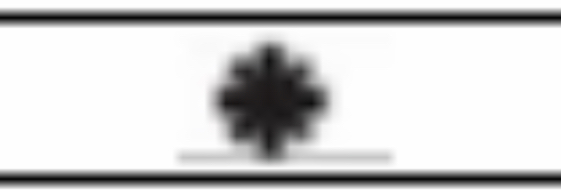
To keep refrigerated
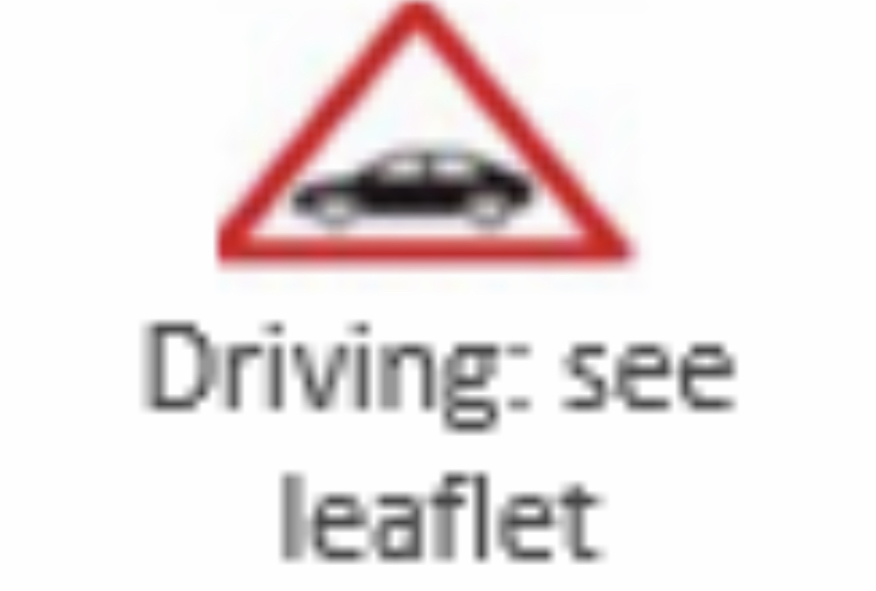
Medicines that can reduce the ability to drive or operate dangerous machinery
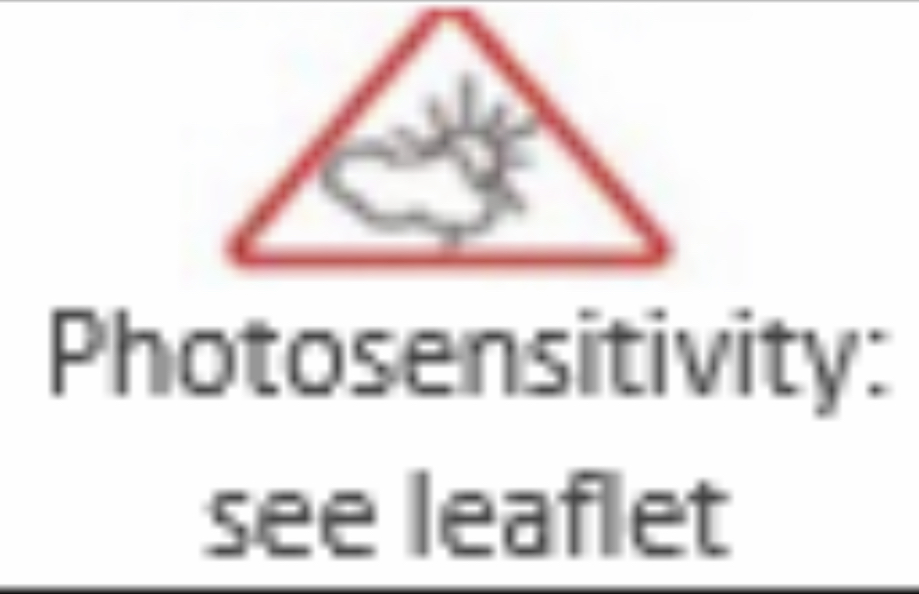
Medications that can cause photosensitivity
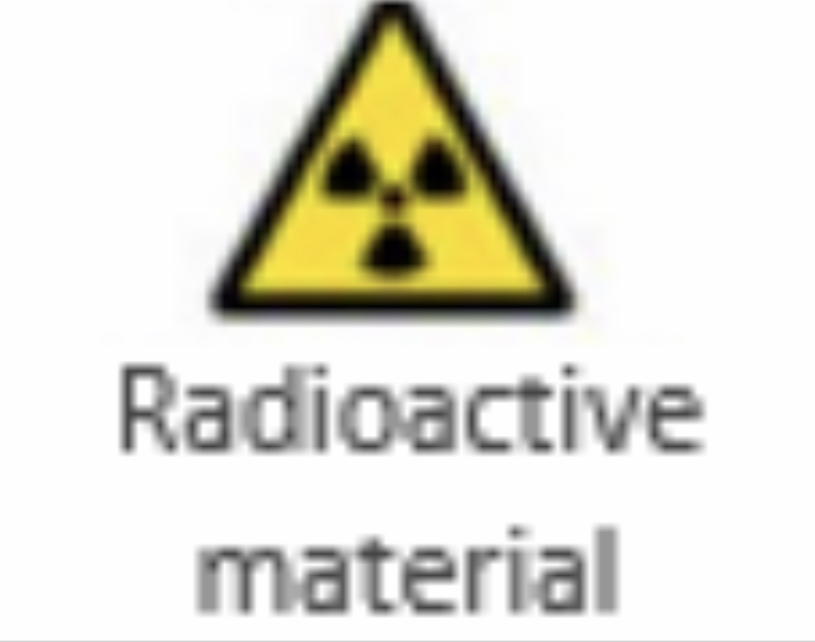
International symbol of radioactivity included in the UNE-73302 standard of 1991, on markings for ionizing radiation signaling
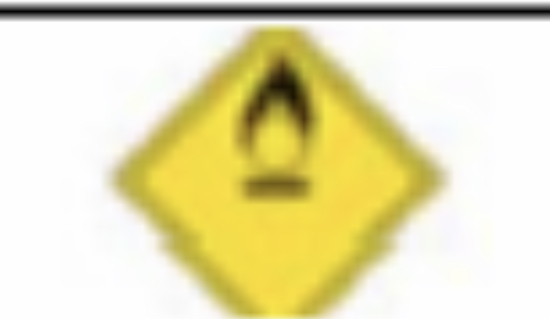
Symbol of combustible medicinal gas
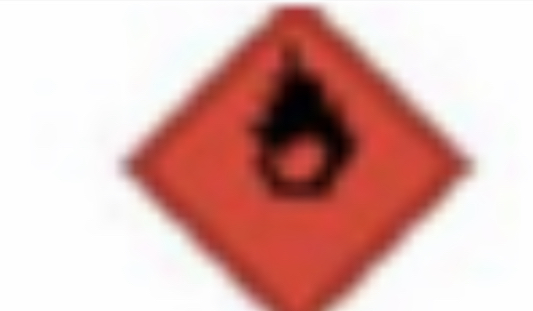
Symbol of flammable medicinal gas
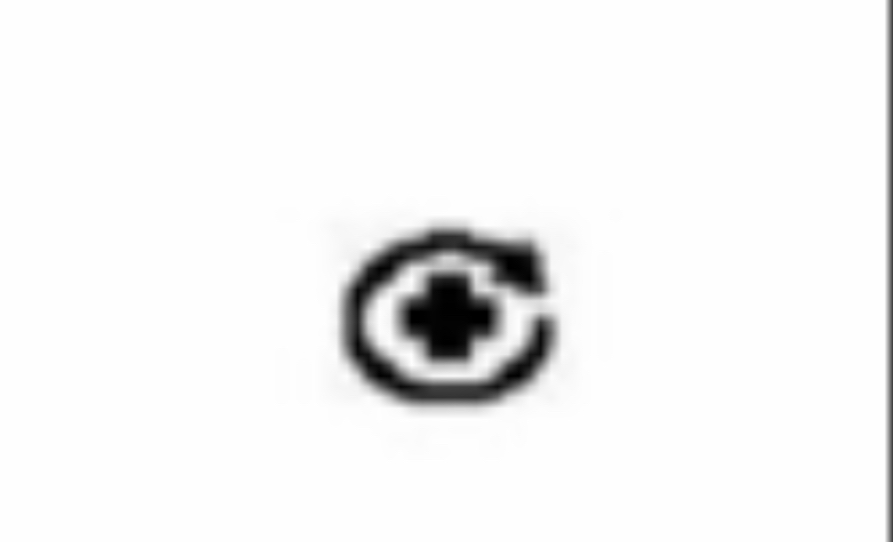
Symbols authorized by AEMPS to facilitate the application and development of medication collection systems: Integrated Drug Waste Management System (SIGRE)
EFP (Advertising Medication)
advertising is allowed, and it is not required to show a prescription at pharmacies for purchase.
H (Hospital use medication):
These medications require a hospital to be responsible for their prescription and administration. This type of medication is identified with the letter “H” and a legend that reads: “Hospital use”, all of which must appear on its packaging.
EFG:
these acronyms identify generic medications.
DH (Hospital diagnostic medication):
medicines used in the treatment of pathologies that must be diagnosed either in a hospital or by specialists related to a hospital.
ECM (Special medical control medication):
its use can cause quite serious adverse effects, which is why special conditions have been determined for its prescription, dispensation and administration.
MTP (Traditional herbal medication):
based on their traditional use.
TLD (Long-term treatment):
medicines for long-term treatments.
The order for a radiographic examination can be made only by a
licensed practitioner of the healing arts
a certified clinical nurse specialist
certified nurse midwife
certified nurse practitioner
physician assistant.
The physician assistant must show eligibility to order radiographic procedures through the
physician assistant’s written physician-physician assistant agreement with a copy on site at the facility
The order for a radiographic procedure must include:
(1) Identification of the patient to be radiographed;
(2) Identification of the individual ordering the examination, through either a signature, electronic signature, or equivalent procedure;
(3) Clearly stated clinical indications for the examination;
(4) The exact anatomical part to be examined; and
(5) The examination to be performed.
typically gather relevant information about the patient’s medical background, including personal details, medical conditions, past surgeries, medications, allergies, family medical history, and lifestyle factors.
Patient History
A detailed report that describes the results of an imaging procedure/test.
Diagnostic Reports:
A detailed report that describes the results of an imaging procedure/test. A — is a doctor who supervises these exams, reads and interprets the radiographic images, and writes a report for your healthcare provider.
radiologist
Contains in a report is a paragraph form. While some uses a reporting style where each organ or region of the body is listed as a line with the findings. If the radiologist does not see anything concerning it may say “normal” or “unremarkable.”
Contents
- In this section, the radiologist summarizes the findings and reports the most important findings that they see and possible causes (this is called a differential diagnosis) for those findings.
This section offers the most important information for decision-making. Therefore, it is the most important part of the radiology report for you and your doctor.
Interpretations
the radiologist summarizes the findings and reports the most important findings that they see and possible causes
differential diagnosis